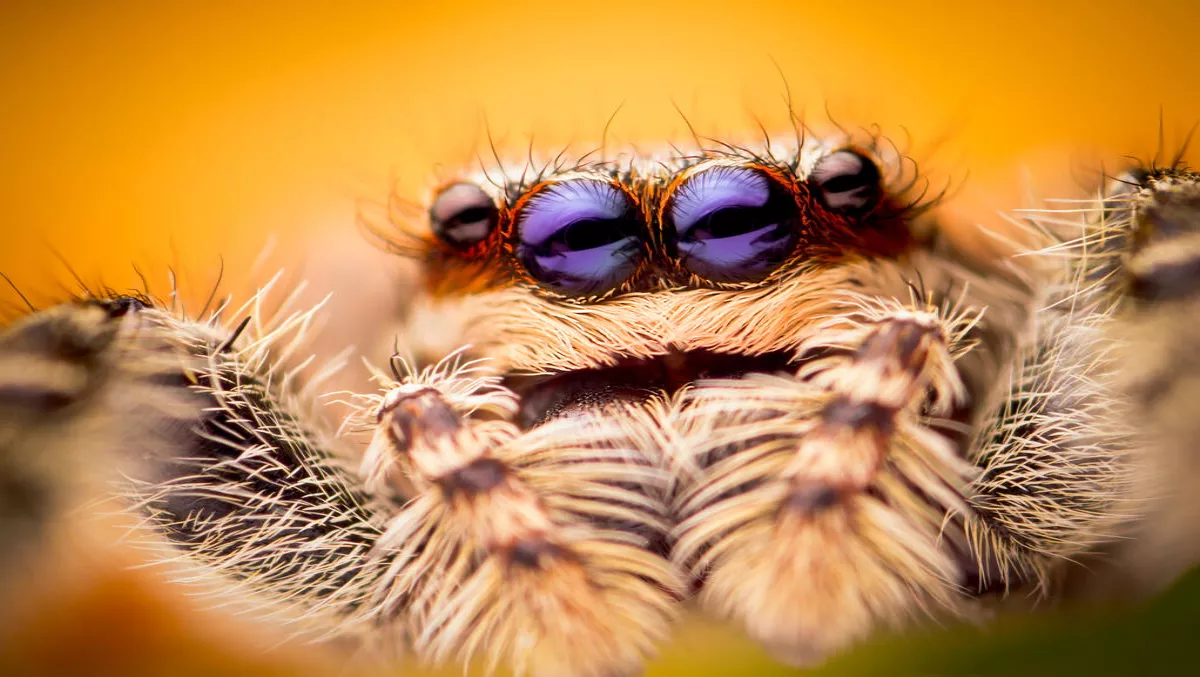
Warning: this story contains spiders and robots
Canterbury University has been importing spiders to the containment facility at their Spider Laboratory for more than 40 years, thanks to an agreement with the Environmental Protection Authority (EPA).
For those arachnophobes among us this a terrifying thought, but they assure us it's quite safe and in the name of science.
In a recent decision by the EPA, certain species of the jumping spider family, known as Salticidae, can now be imported to New Zealand for research purposes.
Why are they flying our eight-legged friends over to Aotearoa, you might ask? To help build robots of course.
Robotics looks to animals to figure out how to emulate some of nature's greatest evolutionary marvels. EPA scientist Dr. Clark Ehlers says jumping spiders hold the keys to some amazing advances in robotics.
"Jumping spiders are one of the smartest animals on the planet for their size, given that typically they measure less than one centimetre.
"They have exceptional visual and spatial abilities, and researchers will investigate how they are able to forward map and execute decisions using these skills.
Canterbury University professor of Biological Sciences Dr. Ximena Nelson says these spiders have properties that are the envy of robotics experts worldwide.
"This is a stunning demonstration of evolutionary design and miniaturisation that, were it understood, would make our best robotics engineers weep.
Nelson says studying these jumping spiders will lead to many innovations in the robotics world, and Canterbury University is leaping ahead.
"The research being undertaken at Canterbury is at the forefront of work being done world-wide on jumping spiders. We are recognised as the world leader in terms of research on these animals, which are among the smartest on the planet for their size.
"Jumping spiders provide a model to understand how animals can process information with very small brains, and is of great interest in the fields of biology and biorobotics.
Thanks to the EPA decision, the institution now has access to the right arachnid for the job, and hopes it will be the beginning of many revolutionary developments in robotics.

